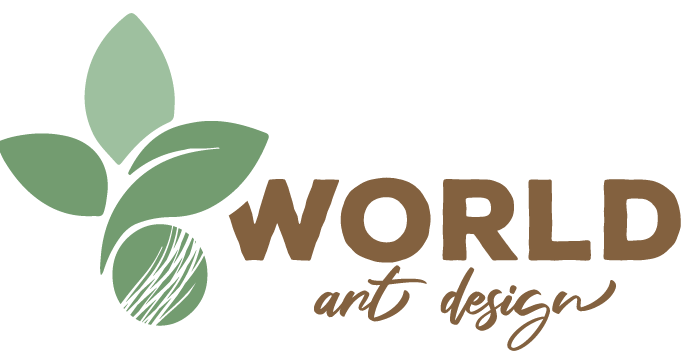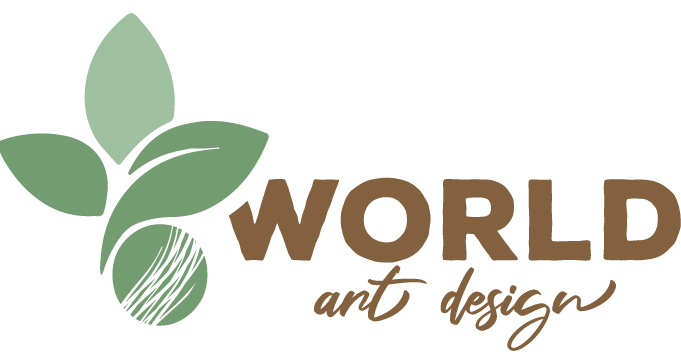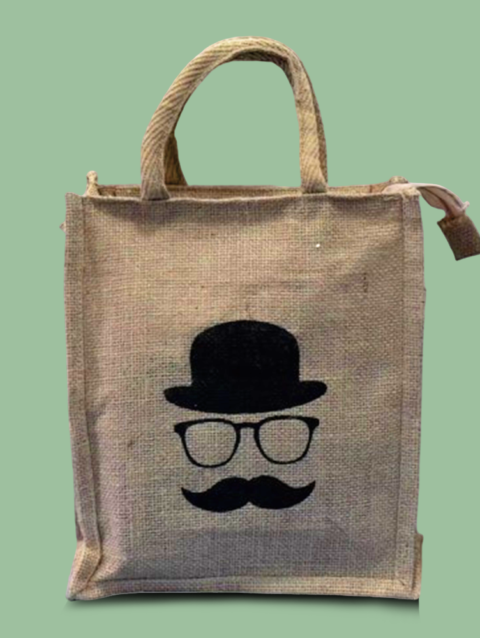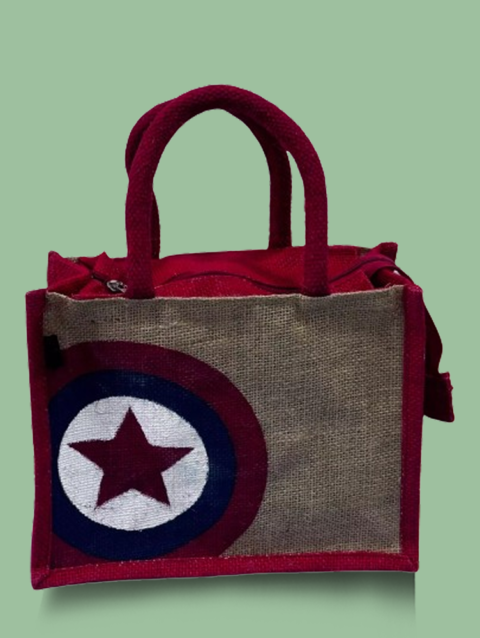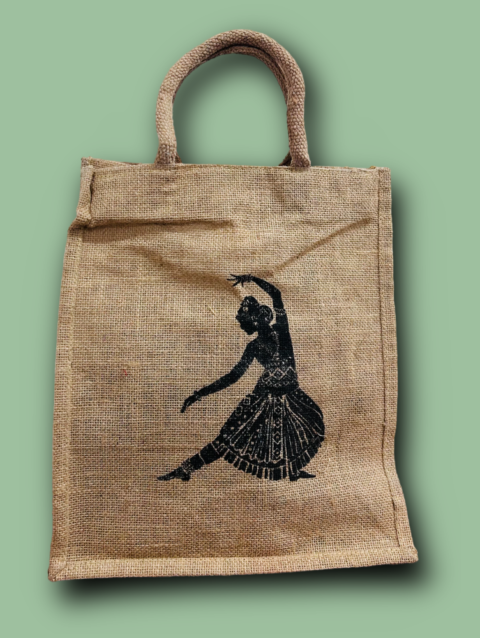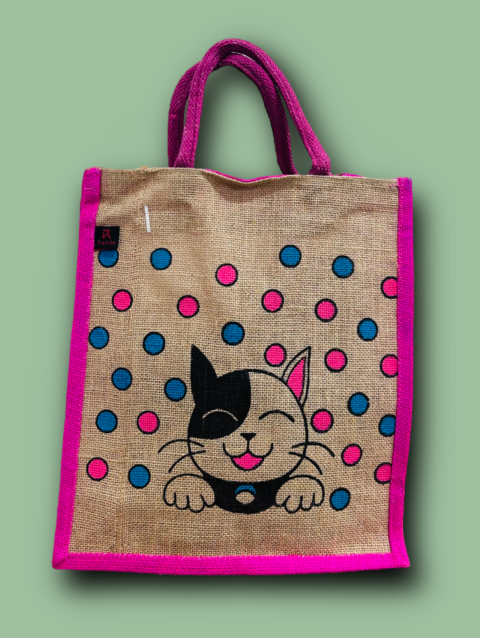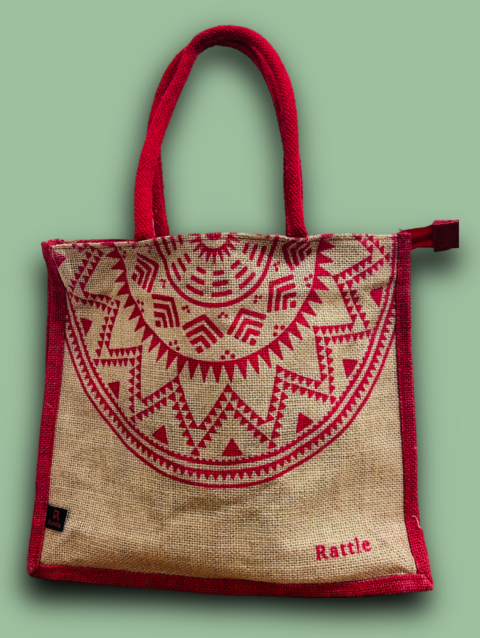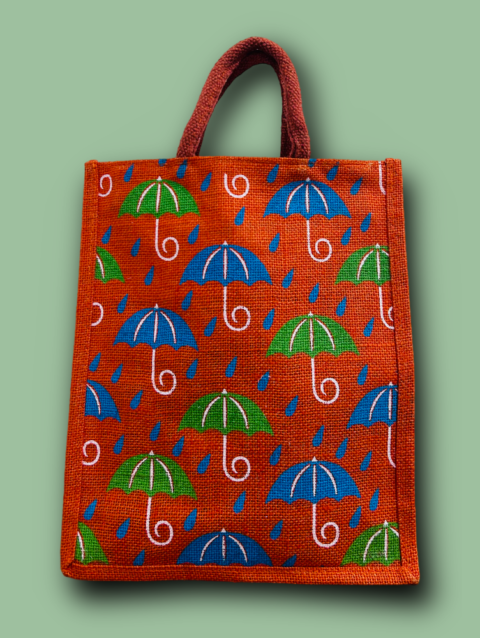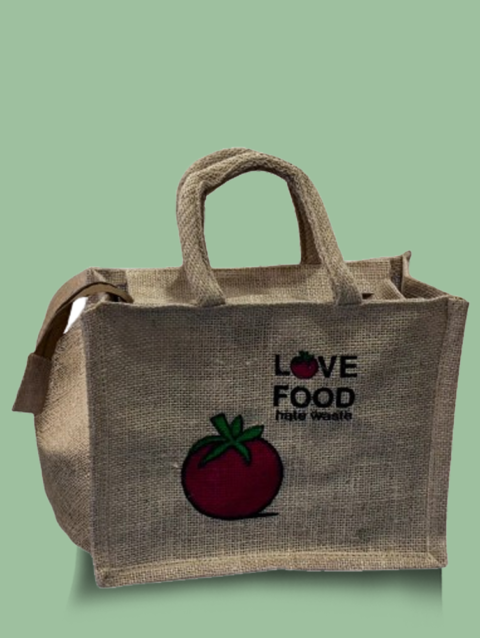
How Jute Bags Are Made: From Plant to Product
How Jute Bags Are Made: From Plant to Product
Jute bags are not only a sustainable alternative to plastic bags but also a testament to the intricate processes and traditional craftsmanship involved in their creation. This detailed journey from plant to product highlights the environmental and economic significance of jute bags.
1. Cultivation of Jute Plants
- Planting and Growth: Jute cultivation is predominantly carried out in regions with a warm, humid climate, such as India and Bangladesh. The jute plant thrives in alluvial soil rich in organic matter, and it requires ample rainfall, typically around 60-100 inches during the growing season. Farmers plant jute seeds during the monsoon season (June to August) in well-prepared fields. The seeds germinate quickly, and the plants grow rapidly, reaching a height of up to 10-15 feet within 4-6 months.
- Harvesting: The jute plants are harvested when they reach maturity, indicated by the yellowing of the lower leaves. Harvesting is usually done manually by cutting the stalks close to the ground. The stalks are then left in the field for a few days to dry slightly before being bundled for the retting process.

2. Retting Process
- Water Retting: Retting is a crucial process that separates the jute fibers from the woody core of the stalks. The bundled jute stalks are submerged in water bodies such as ponds, rivers, or specially dug trenches. In water retting, the stalks are kept submerged for 10-20 days, depending on the water temperature and quality. Microbial action breaks down the pectin that binds the fibers to the core, allowing the fibers to loosen.
- Duration and Monitoring: Farmers regularly check the retting progress by pulling out a few stalks to see if the fibers separate easily. Proper retting is essential as under-retting makes fiber extraction difficult, while over-retting can weaken the fibers.
3. Fiber Extraction
- Stripping: Once retting is complete, the jute stalks are removed from the water and stripped to extract the fibers. This is typically done by hand; the farmers break the stalks and peel off the fibers from the woody core.
- Washing and Drying: The extracted fibers are then thoroughly washed in clean water to remove any remaining pith, dirt, and microbes. After washing, the fibers are spread out in the sun to dry, which can take a few days depending on the weather conditions. Proper drying ensures the fibers do not rot and remain strong.

4. Processing the Fibers
- Softening: The dried jute fibers are treated with oils and emulsifiers to make them more pliable and easier to handle. This softening process involves the application of a mixture of jute batching oil (JBO) and water, which penetrates the fibers and makes them softer.
- Carding: The softened fibers are fed into a carding machine, which combs them into a continuous web. Carding helps align the fibers parallel to each other, removes short fibers and impurities, and converts the mass into a more uniform texture suitable for spinning.
5. Spinning into Yarn
- Spinning: The carded fibers are then spun into yarn using spinning frames. In the spinning process, the fibers are twisted together to form a continuous thread of yarn. The thickness and strength of the yarn can be adjusted based on the intended use of the jute fabric.
- Winding: The spun yarn is wound onto bobbins or spools, ready for the weaving process. This stage ensures that the yarn is neatly arranged and free from tangles, facilitating smooth weaving.

6. Weaving into Fabric
- Looms: The jute yarn is woven into fabric using looms. Traditional handlooms or modern power looms can be used, depending on the scale and type of production. The weaving process interlaces the warp (longitudinal) and weft (horizontal) threads to create a sturdy and durable fabric.
- Finishing: After weaving, the jute fabric undergoes various finishing processes to enhance its appearance and functionality. This includes bleaching to lighten the color, dyeing to add desired colors, and calendaring, where the fabric is pressed between rollers to give it a smooth and polished finish.
7. Cutting and Stitching
- Design and Patterns: The finished jute fabric is cut into the required shapes and sizes based on the design specifications of the bags. This cutting can be done manually or with the help of automated cutting machines to ensure precision and efficiency.
- Stitching: The cut pieces are then stitched together using heavy-duty sewing machines. Handles, zippers, linings, and other accessories are added during this stage to complete the bag. Skilled workers ensure that each bag is assembled with care, focusing on durability and quality.

8. Quality Control and Packaging
- Inspection: Each jute bag undergoes a thorough quality inspection to ensure it meets the required standards. Inspectors check for defects, strength, and overall appearance to guarantee that only high-quality products reach the market.
- Packaging: The finished jute bags are then packed in bulk or individually, depending on the order requirements. Proper packaging ensures that the bags remain in good condition during transportation and storage.
Conclusion
The journey of a jute bag from plant to product involves a series of meticulous and environmentally friendly processes. From cultivating the jute plant to the final stitching of the bag, each step is designed to minimize environmental impact and produce a sustainable, durable product. By choosing jute bags, consumers support eco-friendly practices and contribute to reducing plastic waste, promoting a healthier planet.
